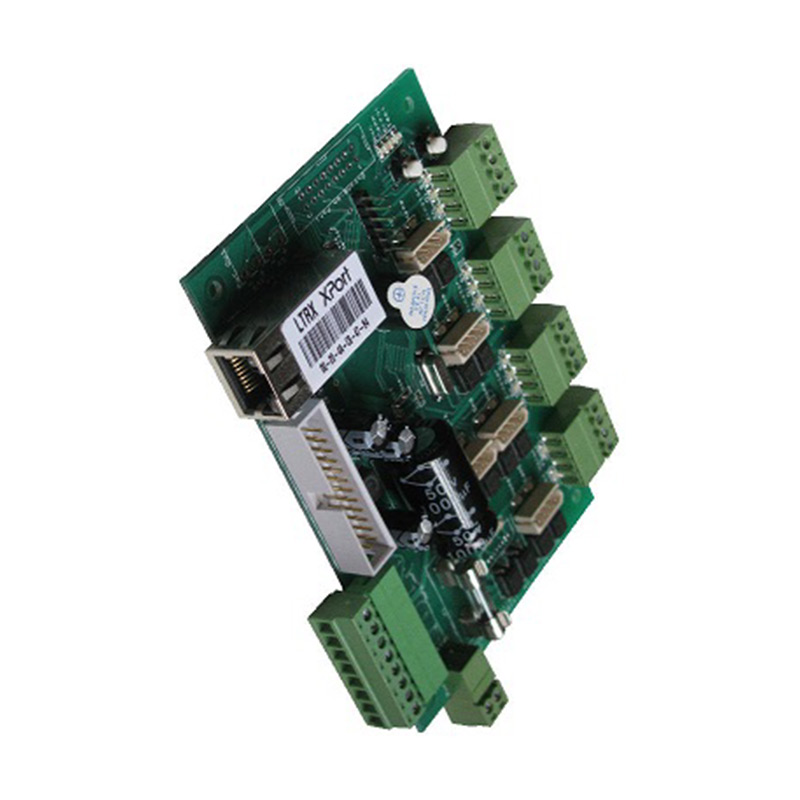

Understanding Flat Float Glass A Versatile Building Material
Flat float glass, a fundamental material in the construction and manufacturing industries, has become increasingly important due to its unique properties and versatility. Produced through a process that involves floating molten glass on top of molten tin, this glass type boasts a smooth, even surface and excellent optical clarity, making it an ideal choice for various applications.
One of the primary advantages of flat float glass is its uniform thickness. The manufacturing process allows for consistent production, which ensures that the glass can be fabricated into large sheets without compromising quality. This feature is particularly beneficial in construction, where large panels are required for windows, facades, and curtain walls. Architects and builders favor flat float glass because it offers both aesthetic appeal and functionality.
In addition to its visual characteristics, flat float glass also provides excellent insulation properties
. When coated with low-emissivity (low-e) coatings, it becomes an energy-efficient option that helps to regulate indoor temperatures. This not only enhances comfort but also reduces energy bills, making flat float glass an environmentally friendly choice. With growing concerns about energy consumption and sustainability, this glass type is increasingly being integrated into modern building designs that prioritize energy efficiency.
Flat float glass is also prized for its safety features. It can be manufactured into tempered or laminated glass, which enhances its strength and resistance to impact. Tempered glass is heated and then rapidly cooled to increase its durability, making it less likely to break under stress. Laminated glass, on the other hand, consists of two or more layers of glass with a plastic interlayer that holds the panes together even when shattered, preventing dangerous shards from scattering. This makes flat float glass an excellent choice for high-traffic areas and buildings where safety is a priority.
Moreover, the adaptability of flat float glass extends to its aesthetic possibilities. It can be tinted, frosted, or etched to meet design preferences and functional requirements. Customization options allow designers to create unique looks while providing essential features like privacy and shading. The variety of finishes and colors available ensures that flat float glass can complement any architectural style, from contemporary to traditional.
In conclusion, flat float glass is a remarkable material that offers a combination of clarity, strength, and versatility. Its consistent quality, energy efficiency, safety options, and aesthetic flexibility have solidified its place as a go-to material in modern construction and design. As technology continues to advance, we can expect to see even more innovative uses for flat float glass, making it an essential component in the future of building materials. Whether for residential, commercial, or industrial applications, flat float glass serves as a testament to the balance of functionality and beauty in architecture.